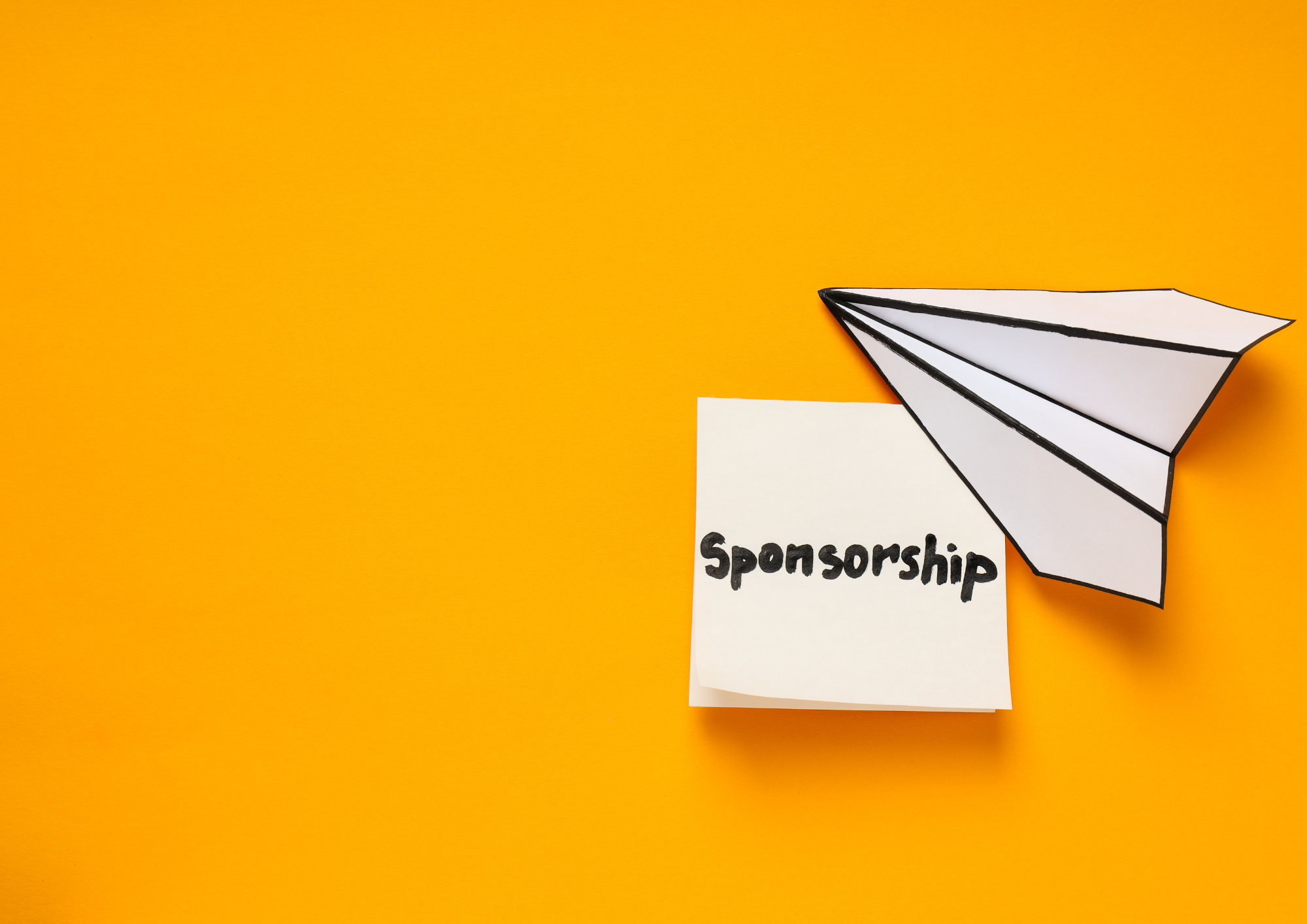How to Create a Winning Sponsorship Marketing Strategy in 5 Steps

Sponsorship marketing is a powerful tool for building brand awareness, credibility, and audience engagement – but only when executed strategically.
Achieving success requires a strategic approach that aligns with your business goals and audience needs. Follow these five key steps to plan, activate, and measure sponsorships that deliver measurable ROI.
Sponsorship Marketing: Why It Matters
Sponsorship marketing is one of the most effective ways for brands to build awareness, credibility, and lasting emotional connections with their audience.
Whether you’re a food and beverage brand sponsoring a music festival, a gambling brand partnering with a sports team, or a tech brand supporting an industry event, the right sponsorship can drive massive brand equity and sales impact.
But success doesn’t happen by accident. It requires a clear strategy – one that aligns with your objectives, audience, and brand values. Below are five essential steps to building a sponsorship marketing strategy that performs.

1. Define Your Sponsorship Objectives
Every successful sponsorship starts with clear, measurable objectives. Knowing exactly what you want to achieve helps you identify the right opportunities and evaluate performance effectively.
Common sponsorship goals include:
- Increasing brand awareness and visibility in new or competitive markets.
- Building positive brand associations by aligning with relevant causes or events.
- Driving engagement and loyalty among existing customers.
- Generating leads and conversions through integrated activation.
- Showcasing corporate social responsibility initiatives and community alignment.
Clear goals create a foundation for decision-making – helping you focus on sponsorships that deliver both brand and commercial value.
2. Identify the Right Sponsorship Opportunities
Not every sponsorship is a good fit. The most effective partnerships are those that align closely with your brand’s target audience, values, and marketing objectives.
Key factors to consider when selecting sponsorship opportunities:
- Audience Alignment: Ensure the event, team, or partner shares your target demographic and psychographics. For example, a beverage brand might see more ROI from a sports sponsorship than a corporate conference, depending on audience behaviour.
- Brand Fit: The sponsorship should reinforce your desired image – a premium brand might benefit from arts or lifestyle sponsorships, while a high-energy brand might excel in music festivals or eSports.
- Reach and Engagement: Evaluate not just exposure, but the depth of interaction – on-site, online, and through media extensions.
Pro Tip: Work with an experienced sponsorship agency like International Advertising Solutions to identify and negotiate opportunities that maximise reach and relevance.
3. Develop a Comprehensive Activation Plan
Simply putting your logo on an event banner isn’t enough.
Sponsorship activation – the process of bringing the partnership to life across multiple touchpoints – is what transforms visibility into impact.
Key activation strategies include:
- Social Media Integration: Build buzz around the sponsorship with behind-the-scenes content, contests, and live coverage on Instagram, LinkedIn, and TikTok.
- On-Site Engagement: Create memorable experiences – product sampling, branded lounges, or interactive installations.
- Paid Media Integration: Reinforce the sponsorship through broader campaigns – feature it in your TV commercials, radio spots, or out-of-home (OOH) placements to drive awareness and connect the live experience to mass media exposure.
- Content Marketing: Create blogs, videos, and behind-the-scenes content to engage your audience online and amplify storytelling
- Influencer Collaborations: Partner with influencers and ambassadors who align with both your brand and the event’s audience to extend your reach and boost credibility.
A strong activation strategy ensures your sponsorship doesn’t go unnoticed and builds emotional engagement and delivers measurable brand lift far beyond the event itself.

4. Measure and Evaluate Performance
Tracking the success of your sponsorship marketing strategy is essential to determine its effectiveness and make data-driven improvements. Establishing key performance indicators (KPIs) helps you evaluate the sponsorship’s impact on your brand. Data-driven evaluation helps you refine your sponsorship marketing efforts and demonstrate ROI internally.
Key sponsorship performance metrics include:
- Brand Awareness: Track mentions, impressions, and engagement on digital platforms.
- Brand Uplift Studies: Conduct pre- and post-campaign research to measure changes in brand perception, favourability, recall, and purchase intent among your target audience.
- Lead Generation: Measure new leads and conversions generated through sponsorship efforts.
- Audience Engagement: Assess social media interactions, website traffic, and event participation.
- ROI Calculation: Compare sponsorship investment with revenue generated, to evaluate profitability.
- Media Value: Calculate the earned media exposure generated by your sponsorship across press, influencer content, and partner channels.
Brands that continuously measure performance don’t just prove impact – they evolve their sponsorships into a long-term growth channel.
5. Foster Long-Term Partnerships
Successful sponsorship marketing isn’t just about one-off events – it’s about building long-term relationships that provide mutual value. Maintaining strong relationships with sponsors and partners can lead to continued opportunities for brand exposure and growth.
Strategies to foster long-term partnerships include:
- Consistent Communication: Stay in touch with partners to discuss performance and potential future opportunities.
- Offering Value: Provide added benefits to sponsors through cross-promotions and collaborations.
- Building Trust: Aligning values and delivering on promises fosters long-term loyalty.
By nurturing partnerships, your brand can benefit from sustained exposure and increased credibility.
Why Partner with International Advertising Solutions?
At International Advertising Solutions, we help brands create and activate sponsorship strategies that drive measurable business results. From identifying the right opportunities to managing full-scale activation across traditional and digital channels, we integrate sponsorship planning into your broader marketing and media strategy.
Our team works across industries – from retail, technology, food & beverage, to education, insurance, iGaming, and more – ensuring every sponsorship connects meaningfully with the right audience and maximises brand ROI.
Final Thoughts
A successful sponsorship marketing strategy requires clear objectives, strategic partnerships, and a well-planned activation approach. By following these five steps, businesses can leverage sponsorships to boost brand awareness, foster engagement, and achieve long-term success.
Ready to elevate your sponsorship marketing strategy?
Contact International Advertising Solutions to start building partnerships that deliver lasting brand impact.



